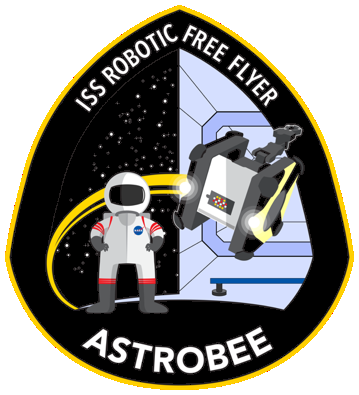IRG has an instrument, called FARO, that can create very high-resolution 3D scans with overlaid texture. Such a scan can be used to register a sparse map and verify its quality.
Below are instructions for how to use FARO. It is suggested you try it the first time with somebody who used it before, and that this documentation be updated if details need to be added.
- Attach the device to the tripod. It may be loose before it gets tightly connected. Do not let go of it or drop it!
- Insert the battery and the SD card on the side. Ensure the battery is charged beforehand using the included charger and cable.
- Remove the cover on top of the sensor.
- Start FARO by pressing somewhat hard the button on top until a blue dot shows up. Let it boot for a few minutes.
- Go to Parameters and customize the settings. It is suggested you choose the mode "... 10 meters indoors" (that means distances are less than 10 meters). The resolution can be set at 1/3 (using 1/1 results in higher resolution, but much slower scan time). When it comes to quality, choose 3x, which means each point will be scanned 3 times and the results averaged. A higher number here will again result in better quality but a slower scan time and a larger scan.
- Go back to the main menu. Press on the triangle icon, that is, Play, which will start the scanner. It will show how long it is going to take. Stay away from it and let it do its job.
- Boot down the device and wait until it is off.
- Take out the SD card and insert it in your computer using the provided card reader. Copy the cloud.
- Install their software from the USB key (there should be 4 programs there, likely the first one is the correct one to use). Insert the other USB key, colored green, which has licensing information, to be able to use it. If all fails, just download the trial version of the software from their website.
- Start the software. Open the cloud. Right click on the cloud name to see it in 2D or 3D.
- If desired, the cloud can be exported to ASCII, in the format row col x y z r g b (image row, image column, xyz point, and texture color).
- The software is able to merge two clouds. Otherwise an external program can be used.

